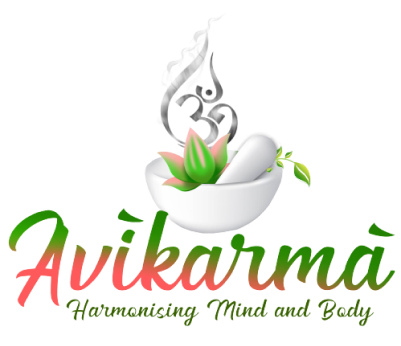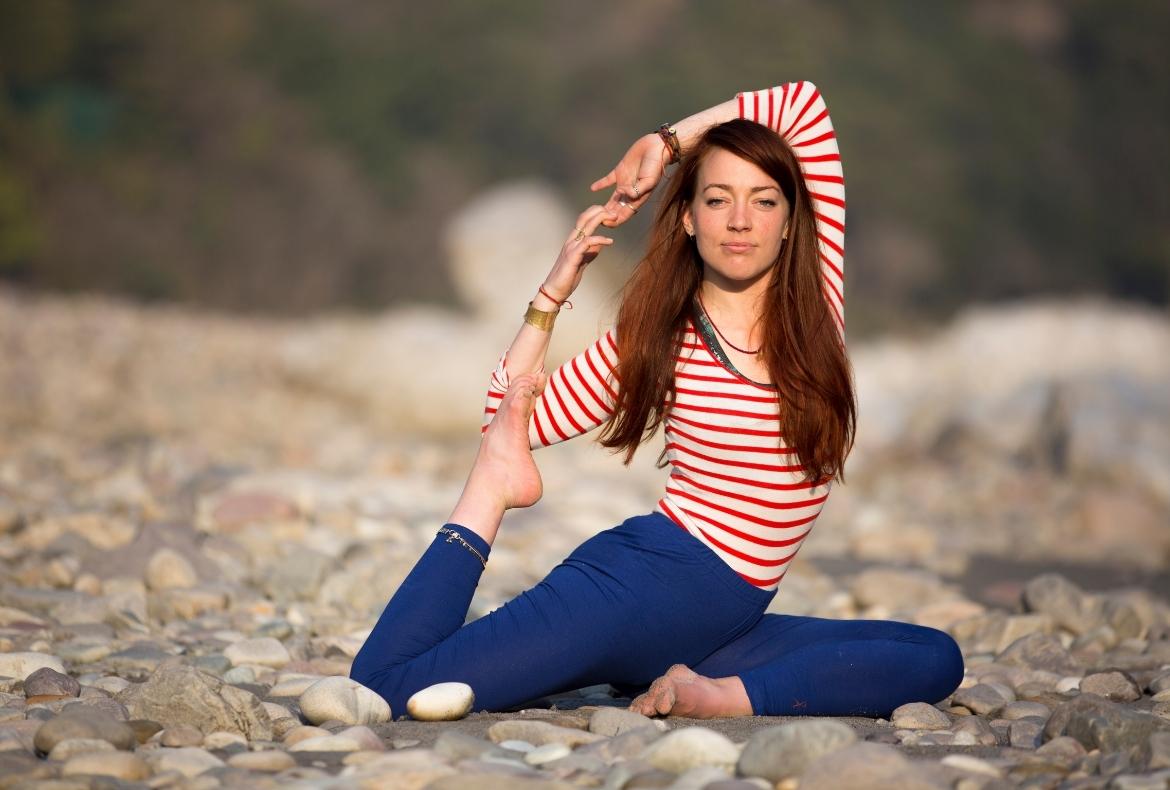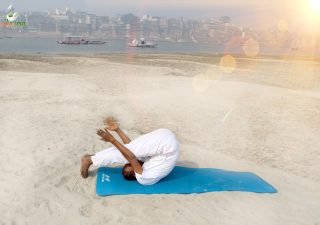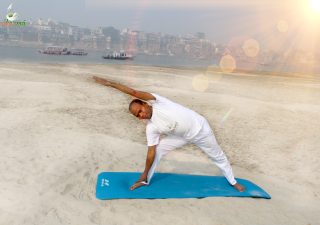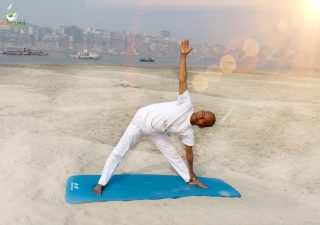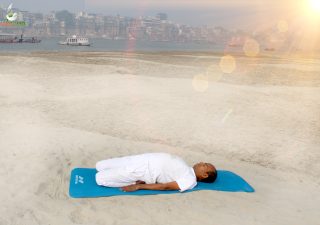Yoga for Knee Joints
Arthritis is the most common condition affecting the musculoskeletal system, with the knee and the hip being the two most commonly affected joints. Approximately 21 percent of adults in the United States live with arthritis, which is characterized by the slow and sometimes progressive loss of cartilage that covers the bones of a joint.
Many people assume medication or joint surgery are the only ways to curb arthritis pain, but increasing evidence shows that targeted exercise and strength training can actually delay or, in certain circumstances, even prevent the need for surgery.
Both the Centers for Disease Control and Prevention (CDC) and the Arthritis Foundation recommend exercise programs for hip and knee arthritis that include flexibility, strengthening, endurance, and balance. Yoga has all four components, making it a perfect tool for reducing arthritis pain and disability.
How yoga reduces arthritis pain
Practicing yoga strengthens the muscles around an effected joint, stabilizing it and reducing pain. People with hip and knee pain should focus on strengthening a few critical muscle groups: the knee flexors (hamstrings), knee extensors (quadriceps), hip extensors (glutes), and hip abductors (outer thighs).
Another reason strengthening these muscles is important: Say you have arthritis in your knee. The pain will likely cause you to put less weight on the joint and use it less. Over time, that lack of causes weakness in the surrounding muscles, which causes more pain. What’s more, when you use these muscles less, their range of motion is decreased…which causes more pain, which feeds right back into the cycle.
The solution: Adding these six poses—which strengthen the muscles around the hip and knee—to your practice.
Adhomukha Paschimottanasana
Adhomukha Paschimottanasana name comes from the following Sanskrit words: adho, meaning “down”; mukha, meaning “face”; paschima, meaning “back” or “west”; uttana, meaning “intense stretch” or “straight” (referring to the back body); and asana, meaning “pose” or “posture.”
Utthita Parsvakonasana
Utthita Parsvakonasana is one of my favorite poses. It improves your balance and strengthens your legs and the sides of your body, especially the side abdominal muscles on your top arm side.
Utthita Trikonasana
Utthita Trikonasana, called extended triangle pose in English, requires nearly the same setup and execution as the regular triangle pose, except the stance is wider to open the pelvis, and the hand placement varies slightly.
Supta Virasana
Supta Virasana is the Sanskrit name for The Reclined Hero Pose. ‘Supta’ means ‘Lying Down’, ‘Vira’ means ‘An eminent man or Hero’ and ‘Asana’ means ‘Pose’. Supta Virasana is pronounced as “Soup-tah veer-AHS-anna”.
